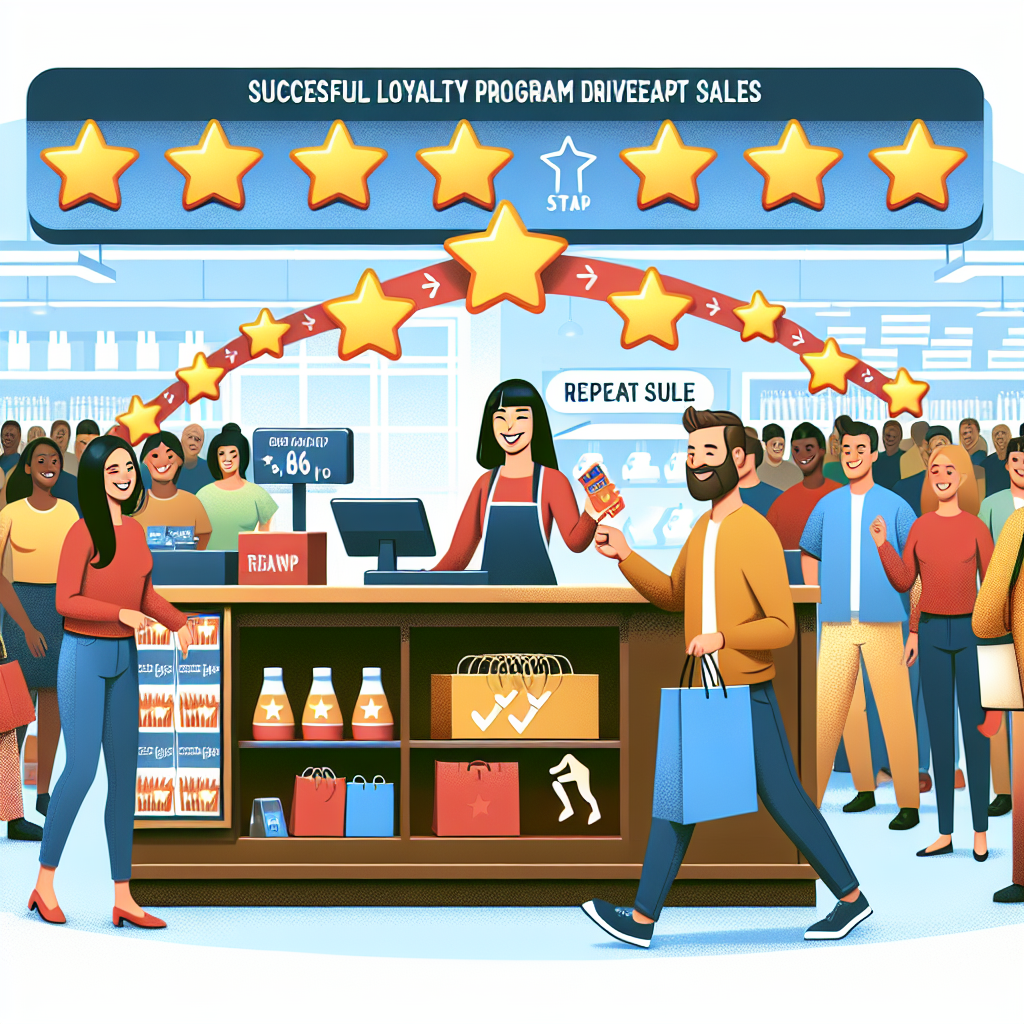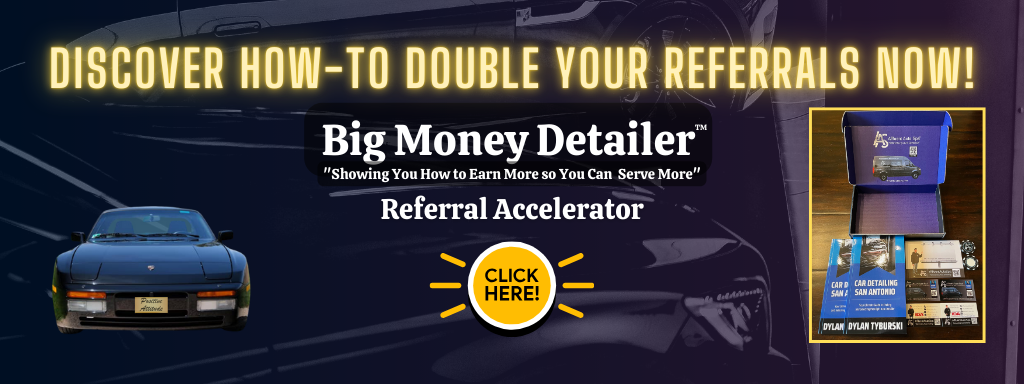Understanding Your Customer Base
Gathering Customer Data
Before diving into any loyalty program, it’s crucial to understand who your customers are. This is where gathering data comes in. You can use surveys, purchase history, and even social media interactions to get a clearer picture. Not just the basic demographics, but also their shopping behaviors and preferences can guide you in crafting an appealing loyalty program.
For instance, I once ran a small coffee shop and used a simple survey asking customers about their favorite drinks and what would motivate them to come back. It was a game-changer. I realized people wanted exclusive discounts on their favorite items rather than a generic points system.
So, collect as much data as you can. Remember, the better you know your customers, the more effective your loyalty program will be at driving repeat sales.
Analyzing Customer Behavior
Once you have the data, it’s time to analyze it. Look for patterns. What times do your customers buy? Are there specific products that they frequently buy together? This analysis helps you shape the loyalty program in a way that resonates with their buying habits.
In my experience, I noticed that my regulars often bought pastry with their coffee. This insight led to creating a program where purchasing a coffee would earn them a discount on pastries, driving sales and making them feel valued.
So, dig into those trends and insights. Knowing how often they shop and what they buy empowers you to tailor the program uniquely for them.
Creating Customer Personas
Developing customer personas is another way to bring your data to life. Create profiles that represent your major customer segments. This will help you visualize who you’re targeting when designing the loyalty program.
For a cafe, for instance, I had a persona for “Busy Morning Commuter” who was in and out quickly and another for “Afternoon Relaxer” who enjoyed lingering with a book. Each persona has different motivations for returning, and that guided how I structured incentives and rewards.
So, imagine your customers and think about their needs and preferences. Personalization is key in making them feel valued and understood.
Designing an Appealing Loyalty Structure
Selecting the Right Rewards
Not all rewards are created equal. When designing your loyalty program, it’s essential to offer rewards that genuinely excite your customers. Think about what drives them: discounts, exclusive products, or entry into contests?
From my experience, offering a free drink after a certain number of purchases worked wonders. It was simple, straightforward, and provided instant gratification that kept them coming back.
Experiment with various rewards initially and gather feedback. Don’t shy away from switching things up if something isn’t working out as you envisioned. Customers appreciate a variety of choices!
Establishing Clear Earning Rules
Once you have your rewards, the next step is to set clear earning rules. How will customers earn points? Is it per purchase, or do they earn extra points on special days? Clear rules help avoid confusion.
In my shop, I set up a simple point system: every dollar spent equaled one point. It was easy for customers to understand, and that simplicity led to higher engagement rates.
Make sure to communicate these rules effectively, both in-store and online. When customers know how to earn rewards, they’re more likely to engage with the program.
Creating Exciting Promotions
Promotions can rejuvenate interest in your loyalty program. Consider seasonal offers or bonus point days where customers can earn double points. This not only drives immediate visits but maintains a lively buzz around your program.
For instance, during the holiday season, I ran a “12 Days of Loyalty” promotion where customers could earn extra rewards each day. It not only boosted sales but also created excitement and engagement.
Keep experimenting and adjust promotions based on customer feedback and engagement levels. The goal is to keep your program fresh and appealing.
Promoting Your Loyalty Program
Utilizing Social Media
Social media is a powerful tool to spread the word about your loyalty program. Use platforms like Instagram and Facebook to highlight member success stories, running promotions, or showcasing exclusive rewards.
I’ve found that sharing photos of happy customers with their rewards truly resonates and encourages others to join the program. Authenticity is key—people respond to real stories.
Also, consider using targeted ads to reach potential customers who might be interested in signing up. Tailor your messages based on the personas you’ve created.
In-store Promotion Techniques
Don’t forget to promote the program in-store! Use signage, table tents, or even ask your staff to mention the program to customers. A friendly reminder can go a long way in encouraging sign-ups.
When I implemented an in-store prompt for signing up, I noticed a significant increase in new members. Staff enthusiasm played a huge role in this. If your team is excited about the program, customers will be too!
Consider hosting a launch event to introduce your loyalty program. Offering a little something for attendees can boost excitement and sign-ups from the get-go!
Encouraging Word-of-Mouth Marketing
Offer rewards for referrals. When someone brings in a new member, reward both the referrer and the new customer. This creates a sense of community and encourages customers to spread the word.
After implementing this strategy at my shop, I saw an influx of new members simply because customers enjoyed sharing their experiences. It’s like a viral loop that keeps on giving!
Always thank customers for spreading the word, whether through a simple message or a small token reward. Appreciating their efforts enhances loyalty and makes them feel valued.
Measuring Success and Adjusting Strategies
Tracking Key Performance Indicators (KPIs)
To understand if your loyalty program is working, track its KPIs. Metrics like customer retention rate, loyalty program participation rate, and lifetime customer value can tell you how successful your program is.
Initially, I was focused on just sign-ups. But as I dove deeper into understanding retention and repeat purchases, everything changed. It helped me make better decisions moving forward.
Analyze these metrics regularly to adjust your strategy if needed. If you see a drop in engagement, it’s crucial to address that quickly. Regular check-ins allow for timely adjustments.
Gathering Customer Feedback
Soliciting customer feedback on your loyalty program is invaluable. Create easy ways for them to share their thoughts through surveys, social media, or in-person conversations.
One time, I thought the program was running smoothly until I received feedback about a confusing point system. Taking that input led me to simplify it, which improved overall satisfaction dramatically.
So don’t just run the program and forget about it—keep the communication lines open and make adjustments based on what your customers are saying!
Iterating on Your Program
As a business owner, flexibility is your best friend. Don’t be afraid to iterate and evolve your loyalty program based on analytics and customer feedback. What works today may not work tomorrow.
I’ve iterated on my loyalty program numerous times. Each change I made was based on customer feedback and sales data, and each time it helped improve customer engagement.
Embrace the idea that your loyalty program is a living, evolving aspect of your customer relationship. Regular updates keep it fresh and engaging for your customers.
Conclusion
Implementing a successful loyalty program is about creativity, customer understanding, and continual improvement. By focusing on your customers’ needs, you can drive repeat sales and foster lasting relationships that benefit both parties.
FAQ
1. How do I get started with a loyalty program?
Start by understanding your customers through data gathering and analysis. Identify their preferences and what rewards would excite them most.
2. What types of rewards work best for loyalty programs?
Rewards like discounts, exclusive offers, or freebies typically perform well. It depends on your business and what your customers value.
3. How can I promote my loyalty program effectively?
Use social media, in-store promotions, and word-of-mouth referrals to spread the word. Engaging your staff in promotion can also help.
4. How can I measure the success of my loyalty program?
Track key metrics such as participation rates, retention rates, and overall sales growth to gauge success and make necessary adjustments.
5. How often should I update my loyalty program?
Regularly review and update your program based on customer feedback and changing trends. A quarterly assessment is a good starting point.



